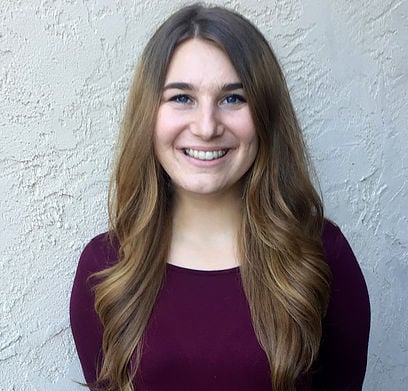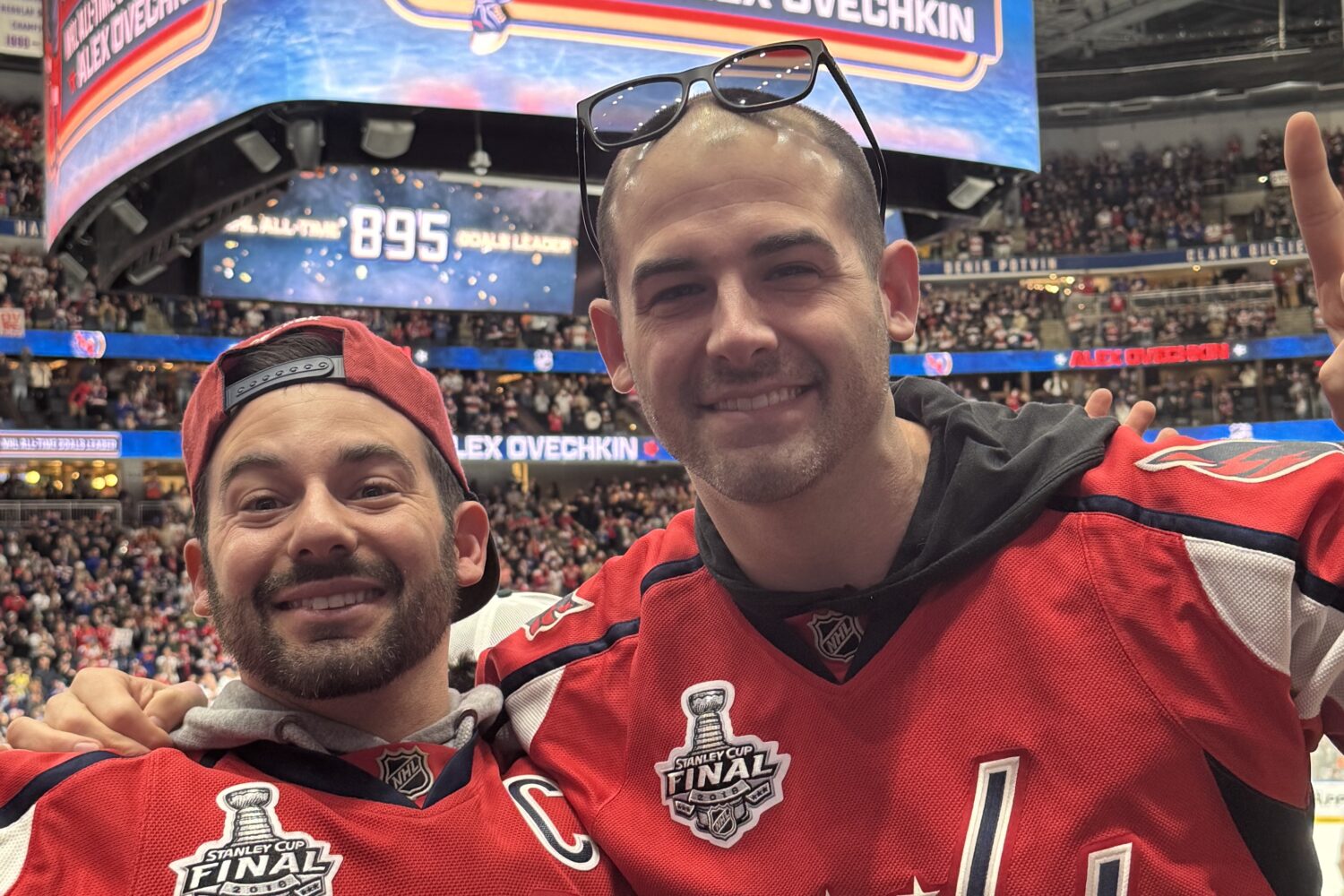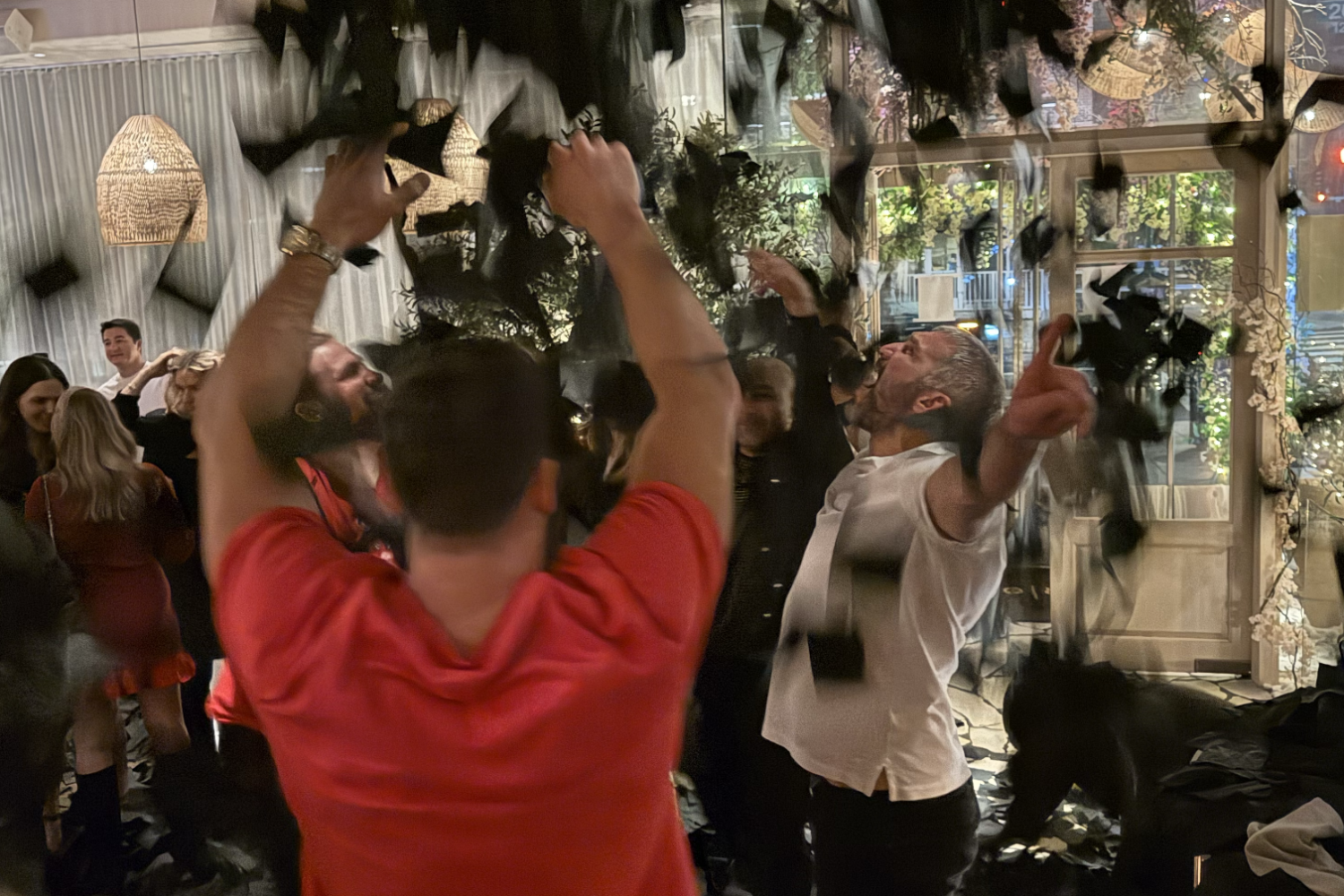Kåre Aas has lived in Washington for five-and-a-half years and hails from Oslo, Norway’s capital. “I’m a veteran [of DC],” he says with a laugh. Washingtonian caught up with the ambassador to talk about his favorite cozy sweaters, nature in Washington, and his perfect winter day.
Oslo is a big city. Is there anything you miss from winter there that you’d like to bring here or that you have brought here?
What I miss about Oslo during the winter time is that 20 to 30 minutes from downtown Oslo, you can go skiing and you can go hiking or do Nordic skiing. People in Oslo and in the surrounding areas all have this possibility to go skiing before work or after work. We can be skiing and having fun in the snow during the weekends and holidays. That’s something that people in Norway do regularly. The relationship between Norwegians and nature is so, so close and people are used to using the nature both for work and pleasure and that is something I miss.
What I want to bring to the United States and Washington, DC, related to winter is more broad and has to do with climate change. We are seeing the glaciers are melting and the planet is getting warmer and we are getting severe weather conditions during the summer and winter time. What we try to do is to strengthen consciousness and knowledge about what is happening globally on climate and that’s of course related to the winter.
What do you think of how people react to the snow?
I understand why schools are closed and there’s more traffic and the difficulties. DC is quite different from my home country. We abide by winter weather conditions going to the office, because we are used to it. We are used to it. The students still have to go to school and people have to go to their work. We are used to snow. A lot of activities related to school and education don’t stop. We are used to snow and we are living in winter conditions and we do that in a manner which makes everyone do what they do also during the summertime. What we have been doing at the embassy is that people have been skiing to the embassy, from their homes to the embassy. The staff members have their own skis. That’s how we act or how we behave in Norway during the wintertime.
That’s awesome. Do you ski to the office when it snows?
No, I live next to my office, so skiing hasn’t been necessary. I would be interested in doing it if I lived away from the city and if there were harsher winter conditions for sure.
Do you do any other winter sports in DC?
I do something called Ski for Light. It’s an organization where visually and mobility-impaired people are skiing together. Two years ago, I was a guide for some of the participants when they had their event for a week. In addition to that, I go out when I have time and the possibility. I’m used to skiing both cross country and downhill.
What’s your favorite ski spot in DC?
I don’t necessarily have a favorite spot in DC. If you want to go skiing you have to go somewhat outside of Washington DC, but not far away at all. There are beautiful areas around DC, both in Maryland and Virginia and other places.
What kind of winter traditions do you have?
Once a year at my embassy we have a big event on climate change that’s both cool because it’s fun and it gives a message about climate change. A lot of people are exercising in Rock Creek Park or along the Potomac. I think that there are people using the nature and the forests and the mountains inside and surrounding Washington, DC. That is pretty much like we do in Norway. It’s important that we aim to combine our professional lives with physical activities, and that’s I think part of the Norwegian branding, that we’re able to combine those two things.
Speaking of nature, are there any spots in DC that you find to be really beautiful or where you like to walk or hike or run? What do you do during the winter?
I would say that there are so many nice places in Washington, DC. I do a lot of running and I did the New York Marathon. Every year I do the Cherry Blossom 10-Miler and the Army 10-Miler. These big public competitions are fun. It’s a lot of nice people and in preparing for that I like to go around Rock Creek Park and run around the Mall, really all around the city. It’s a nice way to get to know the city.
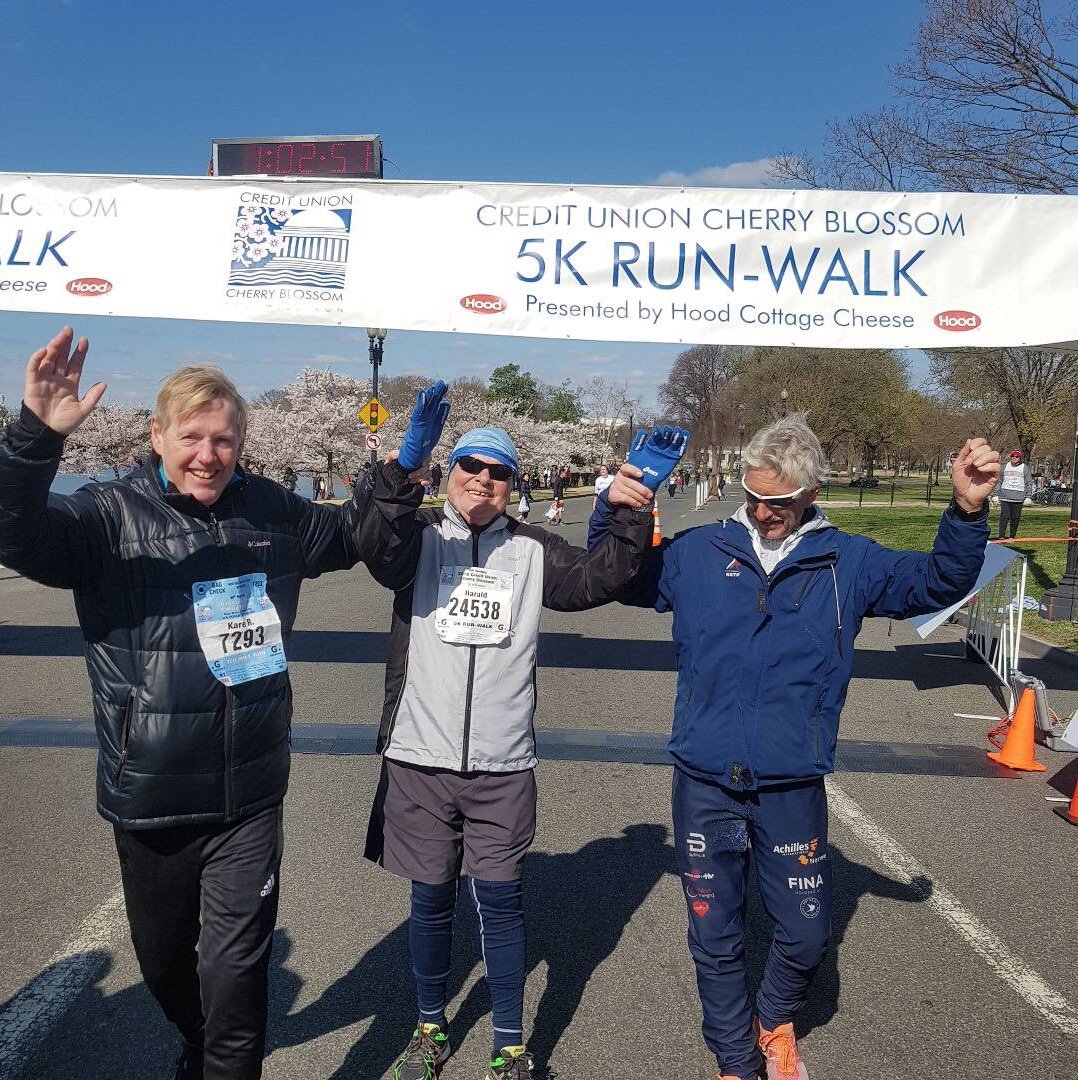
What do you like to eat and drink in the winter?
Back in the 18th century and even before that, in order to survive the winters, people in Norway dried meat. It’s a sort of smoking process, smoking both the fish and the meat to use it during the winter time. That’s still a specialty in Norway, cured ham or sausages or cheeses. But we also do that with smoked salmon and other types of smoked fish. When I have events at my embassy, I really try to present my American guests with Norwegian food. I would say traditional Norwegian food presented in a modern fashion.
One big celebration in Norway is of course Christmas. For Christmas, people eat pork and they eat dried or smoked fish. They eat lamb prepared in a special manner or they can also eat fish products like cod. Those are sort of typical Norwegian recipes during Christmas and wintertime.
That sounds like a lot of seafood. I know there’s a chef at the embassy, but do you have any favorite restaurants?
The Norwegian embassy is like a restaurant. We have approximately 5,000 to 6,000 guests a year and we have events quite often during the week, so I don’t have too much time to go to restaurants.
What do you like to drink in the winter?
The only thing I can tell you is that during the winter time, Norwegians drink hot chocolate and this sort of hot cranberry juice. And you could also make a hot blueberry juice or hot toddies. You need to keep the body warm when you exercise. Apart from that, during the winter, we have something called gløgg— it’s a combination of a toddy with almonds and raisins. It’s delicious.
That sounds great. Do you have a favorite jacket you like to use to keep warm?
I like to wear my Norwegian homemade sweater when it’s cold outside and to dress warm. There’s a Norwegian saying that’s there is nothing like cold weather, it’s only about the right clothing. During the winter time when it’s rainy and snowy, it’s all about clothes. I think that Norwegians are very well-prepared for winter time from when they are born. We also say that Norwegian kids are born with their skis on (laughs).
Let’s talk about your sweater. What does it look like and who made it?
I have so many sweaters. I think that the Norwegian design is very nice and there are hundreds of different designs. Most of them, many of them are related to ancient Norwegian history and design patterns. My sweaters are old and they have been used for many many years and they are all good. I’m never freezing when I’m outside, I can tell you.
What do you do with your family during the winter?
I have four kids. They are quite older. My youngest son is 18 years old and he loves winter weather so he decided to move to Canada. I would say that like a normal, average Norwegian family, my children learned to ski when they were very, very young. The earlier they start, the better they get. They did cross-country just after they were born, we went skiing with them and the baby was on the sled. We were skiing in the forests of Oslo and sometimes in the mountains. That’s what Norwegian families do. I was also doing that as a kid. When you teach kids to ski, you go for 100 meters then you sit down, then you have your sandwich and your toddy and then you have an orange and some chocolate and then you continue to ski. That’s why we won so many gold medals during the Olympics last year in South Korea. We were the nation with most medals won, now you know.
We’ve talked a lot about hygge: What’s your ideal winter day and what advice do you have for someone who wants to create that feeling of coziness and warmth?
I will tell you how to do this. First of all, you get up in the morning and on the weekend and you’ve decided the day before that you want to go skiing. Then you go ski for a couple of hours. That in itself is cozy even though sometimes it’s cold. When you get home you will have prepared already a good luncheon or a dinner and you sit down with your family and friends and sit down and plan the next outdoor activity. Then you combine that with a fire, but particularly something good to drink. You can listen to some music and sing a family song. The fact that you have been out in the cold and are getting back home and enjoying the day, that’s the coziness.
Hygge in general, when you have that it’s when you’re with friends, family, and colleagues. You have a nice time and having a good conversation. You don’t need to do very much to get that feeling or that coziness, you know?
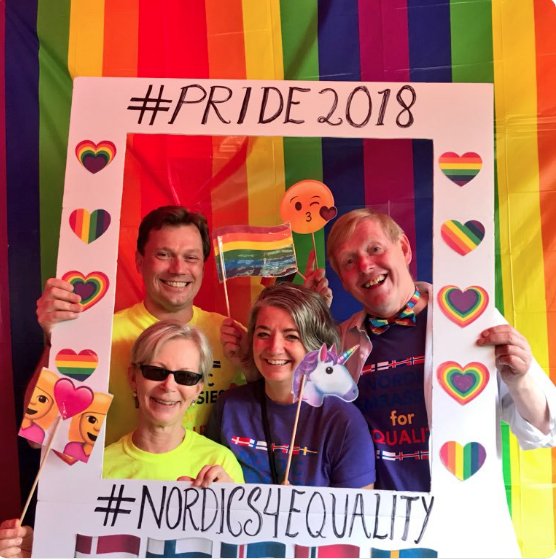
Do you do anything during the winter with the other ambassadors? Do you follow winter sports or go skiing?
One of the best hockey players in the United States is named Mats Zuccarello and he plays for the New York Rangers. He grew up in Oslo, and I’m a fan of him and the Rangers. I have seen the Capitals play and I think they did a phenomenal job during the Stanley Cup playoffs. Lars (Gert Lose, the Danish ambassador) was happy to see them win.
Are you going to go to a game with Lars, the Danish ambassador?
I haven’t been with Lars to see the Capitals, but I’ve been to the Capital One Arena several times. The Nordic family [the group of ambassadors], we do a lot of events together. We have been traveling around the country. Lars and I were in Minnesota last year to promote Nordic use on how we create, for example, jobs in the United States and why the Nordic countries are so close to the United States. We did the Pride parade last year and we’ll continue to do that. The Nordic family is a concept that’s valuable to all of us. We try to find the events and venues when we can be together and make that Nordic message, that’s important.
I’ve been here for some years now and the idea about Nordic cooperation is also gaining more and more interest both from politicians but also Americans in general. By the way, you might not know, but 5.2 million Norwegian-Americans live here in the United States. That means there as many Norwegian-Americans in the United States as there are Norwegians in Norway. That’s fascinating, isn’t it? There is a huge amount of people with their roots in Norway.
This interview has been edited and condensed.
A version of this article appears in the January 2019 issue of Washingtonian.


